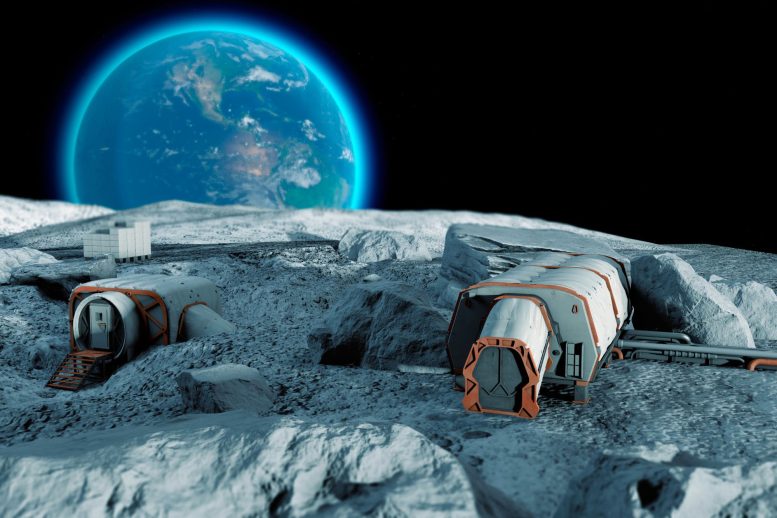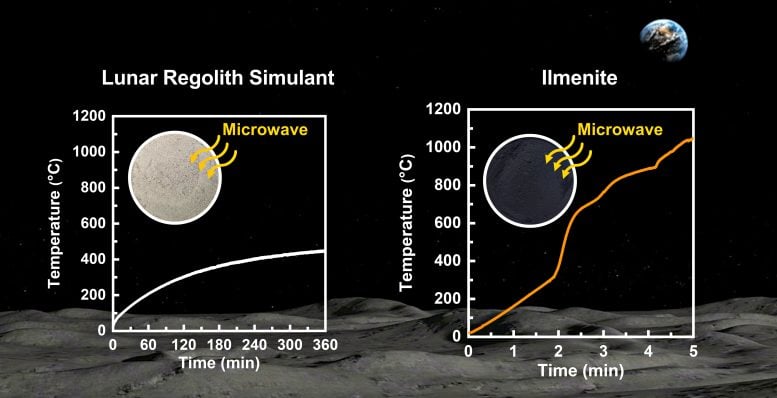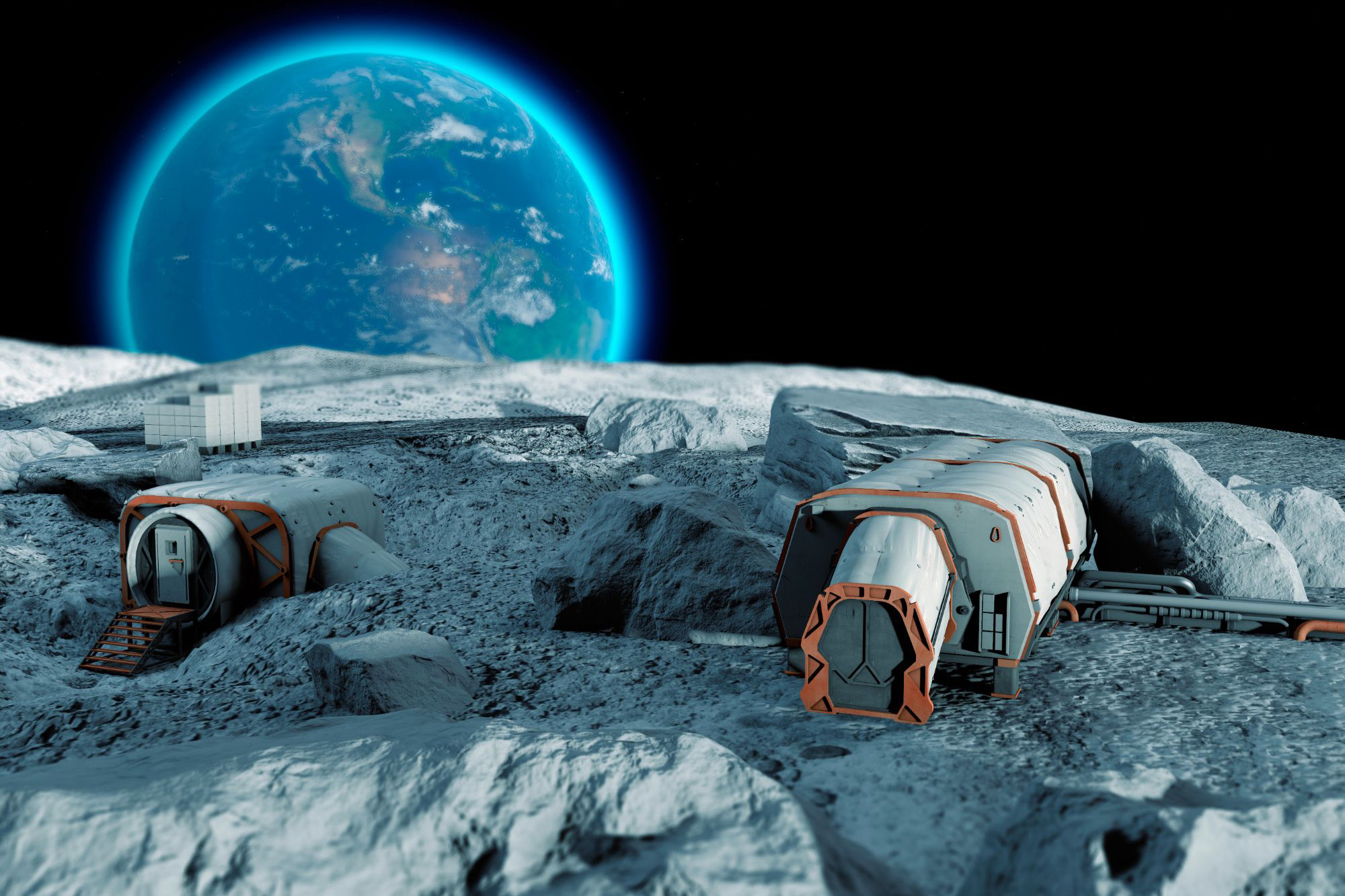
Anticipating a key resource for improving microwave heating efficiency.
NASAThe Artemis program aims to build a lunar base as part of its manned lunar exploration initiative. However, the public’s expectations of this space base may differ from those depicted in popular science fiction movies. Building a lunar base requires a variety of construction materials, which entails significant transportation costs. These materials must be launched from Earth using rockets.
Since transporting building materials from Earth to the Moon is costly and time-consuming, building a lunar base requires using local materials. One promising method for building a lunar base using local materials is microwave sintering, which solidifies lunar regolith (soil) below its melting point.
There is currently intensive research going on worldwide into sintering lunar soil using lasers, solar energy and microwaves. Among these techniques, microwave sintering is a notable technology being developed by various institutions, including NASA and ESA (European Space Agency) and the Korea Institute of Civil Engineering and Building Technology (KICT, President Kim Byung-suk).
Research on microwave sintering
A research team (Dr. Jangguen, Lee, Dr. Young-Jae, Kim, Dr. Hyunwoo, Jin) led by Dr. Hyu-Soung, Shin from KICT’s Future and Smart Building Research Department is currently conducting a study on microwave-sintered lunar regolith imitation bricks. This research uses sintering techniques similar to ceramic firing, raising the temperature to produce solid bricks.

The bricks made from imitation lunar regolith have a strength of over 20 MPa, which is comparable to concrete. Microwave heating depends on the dielectric properties of the material, so a detailed study of the dielectric properties of lunar regolith is required. Currently, there is not enough research on how lunar regolith interacts with microwave heating at different temperatures.
Investigation of lunar materials
As part of the microwave sintering research, the research team investigated the dielectric properties of Korean Lunar Simulant (KLS-1) and ilmenite (iron titanate) at different temperatures. Ilmenite is a mineral that is common on the lunar surface and is known to increase the efficiency of microwave heating. However, detailed studies on the dielectric properties of ilmenite and its behavior during microwave heating have not been conducted.
The research results show that lunar regolith simulant is microwave permeable, making it difficult to heat. However, ilmenite (iron titanate) reacts strongly with microwaves due to its unique crystal structure, allowing it to be heated to high temperatures quickly. In addition, by analyzing the crystal structures of lunar regolith simulant and ilmenite, key factors contributing to the increase in mineral-microwave interactions were successfully revealed.
Using a local resource, ilmenite, as a heating element in the construction of a lunar base through microwave sintering means efficient and rapid production of construction materials. Dr. Young-Jae Kim of KICT explained that this research is expected to be a crucial basis for the development of microwave technology for future lunar exploration and lunar base construction.
Reference: “Temperature-dependent dielectric properties of Korean lunar simulant and ilmenite: lunar microwave processing potential” by Young-Jae Kim, Hyunwoo Jin, Jangguen Lee, Byung-Hyun Ryu, and Hyu-Soung Shin, May 13, 2024, Construction and building materials.
DOI: 10.1016/j.conbuildmat.2024.136599
This study was conducted within the framework of the KICT research program (Project No. 20230081-001, Development of environmental simulators and advanced construction technologies over TRL6 under extreme conditions; Project No. 20230144-001, Space architecture: Development of core technologies for lunar habitation construction) and funded by the Ministry of Science and ICT.

